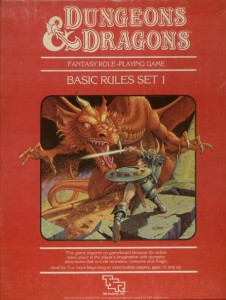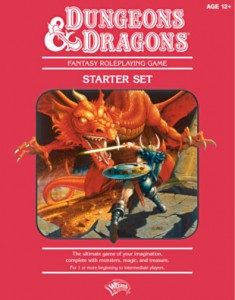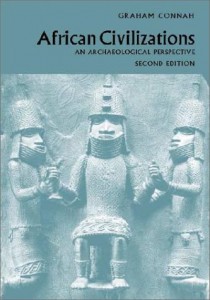There’s a mistake in the Wizard section of the Essentials character-creation. A starting wizard has a +4 Intelligence modifier (or +3 if a dwarf). When introducing AC, the rules say “Your AC is 10 + your Intelligence modifier.” Then, in fake-handwriting font, the book shows your armor class, written on your character sheet, as 15. That’s probably going to confuse some n00b trying to follow the math. Oh well. I’m sure that the n00b will come up with some cockamamy rationale for it, which rule misunderstanding will become a crazy house rule, which will set the kid’s feet on a path which lead to greatness as a game designer. Either that or this is the mistake that will ruin the American educational system.
I bet the person who was writing up the AC forgot that for some reason they had decided to give out bad character creation advice and so gave the wizard a reasonable AC of 15 under the assumption that ANY reasonable wizard would have an Intelligence of 20 instead of a mediocre 18 or EVEN MORE mediocre 16!










